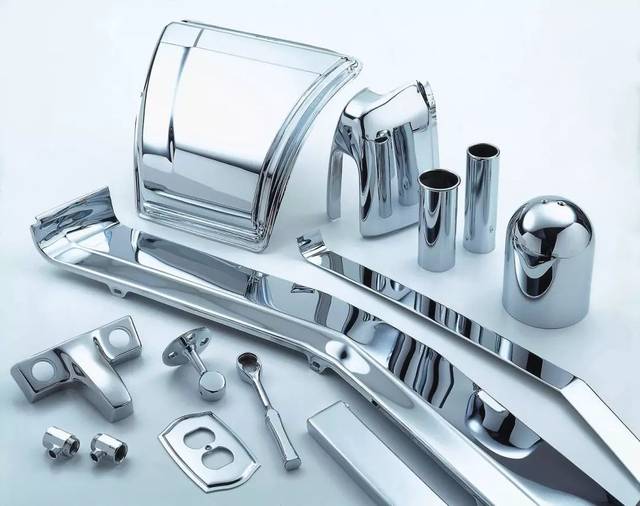
Electroplating is a widely used technique in various industries, including electronics, automotive, jewelry, and manufacturing. This process involves depositing a layer of metal onto a substrate through electrolysis.
The electroplating process consists of several key steps:
a. Cleaning and Preparation: The object to be plated undergoes thorough cleaning to remove dirt, oils, and oxides. This step ensures good adhesion between the substrate and the plated metal.
b. Electrolyte Solution: An electrolyte solution containing metal salts of the desired plating metal is prepared. Common metals used in electroplating include gold, silver, copper, chromium, nickel, and zinc.
c. Electrolysis: The cleaned object is immersed in the electrolyte solution and connected to the negative terminal of a power supply. The positive terminal is connected to an anode made of the metal to be plated. When the electric current flows, metal ions from the electrolyte are reduced and deposited onto the object's surface.
d. Finishing and Post-Treatment: Once the desired thickness of the metal layer is achieved, the object is carefully removed from the electrolyte. It is rinsed, dried, and may undergo additional processes such as polishing, buffing, or coating to achieve the desired final appearance and properties.
Factors Affecting Electroplating:
Several factors influence the electroplating process and the quality of the plated layer:
a. Current Density: The amount of current passing through the object's surface area affects the thickness and uniformity of the plated layer.
b. Temperature: Electroplating is temperature-sensitive. Higher temperatures can accelerate the process but may also lead to challenges such as increased porosity or stress in the plated layer.
c. Plating Bath Composition: The concentration of metal salts, pH level, and additives in the electrolyte solution impact the plating quality, adhesion, and surface finish.
d. Substrate Material: The choice of substrate material affects the adhesion and compatibility with the plated metal.

High-frequency DC power supply is a power supply that uses…
High-frequency electrolytic power supply is widely used in sewage treatment.…
Liyuan rectifier, taking the lead in IGBT rectifier and SCR rectifier in China.
Get more details? We’ll respond as soon as possible (within 24 hours).
Liyuan rectifier, taking the lead in IGBT rectifier and SCR rectifier in China.
Get more details? We’ll respond as soon as possible (within 24 hours).